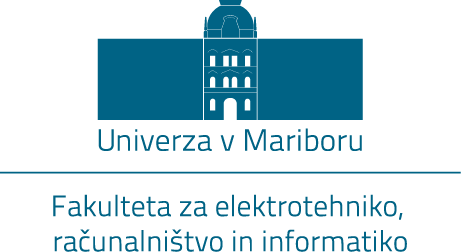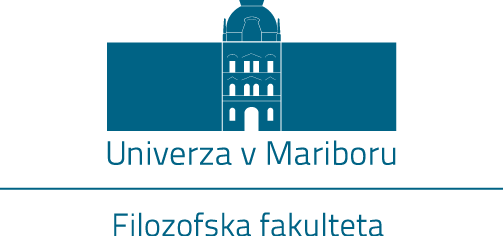The Monument to Vice Admiral Wilhelm von Tegetthoff
Trg generala Maistra (General Maister Square) (until 1918)
Heinrich Fuss
1882-1883
The monument to Vice Admiral Wilhelm von Tegetthoff, who was born in Maribor, was ceremonially unveiled on 10 July 1883. Because of the realistic bronze bust on a high stone pedestal and bronze personifications of his victories at Helgoland and Lissa, it was the most representative public monument of the 19th century in Maribor. The author of the bronze statues was Heinrich Fuss.
The preparations for the erection of Tegetthoff's monument began straight after the vice admiral's death on 7 April 1871. The citizens of Maribor obtained the emperor's permission in one week, and on 15 April 1871, they founded a Committee for the erection of Tegetthoff's monument. The head of the committee was the then mayor of Maribor Matthäus Reiser. The committee used a lottery to raise funds for the monument. Emperor Franz Joseph donated the main prize for the lottery. In the middle of the 1870s, the preparations for the monument came to a standstill; however, in December 1875 the committee ordered an outlined draft from engineer Wilhelm Bücher from Graz. Bücher was the architect of Maribor's Grammar School (today Prva gimnazija Maribor) that was built through the efforts of the mayor Matthäus Reiser. Meanwhile, Pula overtook Maribor as they unveiled Tegetthoff's monument, which was financed by the emperor in 1877. The author of the monument was Carl Kundmann, a professor from the Academy of Vienna, who also obtained the commission for Tegetthoff's monument in Vienna, which was unveiled in 1886. The citizens of Maribor wished for the monument to be an extraordinary work of art worthy of the great hero. They wanted Carl Kundmann to be the sculptor of the monument, but he did not want to take the commission. Consequently, they engaged Kundmann's former student Heinrich Fuss. They signed the contract in 1881, but only after the Vienna Academy professors, Carl Kundmann, Georg Niemann and Caspar von Zumbusch, guaranteed in writing that Fuss' monument would be a work of art, and only after the Committee for the erection of the monument approved the draft. Fuss' plaster cast is preserved in the Maribor Regional Museum. In Innsbruck, Fuss prepared the models for Tegetthoff's bust based on the photographs from the last years of the vice admiral's life, and for the full-figure statues personifying the Battles at Helgoland and Lissa. The commissioners responded to the magnificent monument, sculptor Fuss' most important work, with great enthusiasm. Emperor Franz Joseph I attended the unveiling of the monument on 10 July 1883. Even though an anonymous author wrote in Marburger Zeitung that the most suitable place for the monument would be the then Sofijin trg (Sofia's Square), today's Trg svobode (Freedom Square), Matthäus Reiser insisted that it had to be placed on Tappeinerjev trg (Tappeiner's Square), today's Trg generala Maistra (General Maister Square). The reason for that was that he wanted to commemorate his own contribution to the development of the city, i.e. his efforts of building the imposing Grammar School (today Prva gimnazija Maribor). After the First World War, the bronze bust and the personifications of Helgoland and Lissa were moved to the city museum, while the high pedestal made from Mauthausen granite stayed in the square until at least 1934. Vice admiral Tegetthoff's bust is preserved in the Maribor Regional Museum, while the year 1947 was a fatal year for the personifications. As they were considered inferior artworks from the end of the 19th century, they were removed from the museum and melted down to reuse the bronze for a monument dedicated to the fallen in the National Liberation War.
Polona Vidmar
(20 May 2014)








